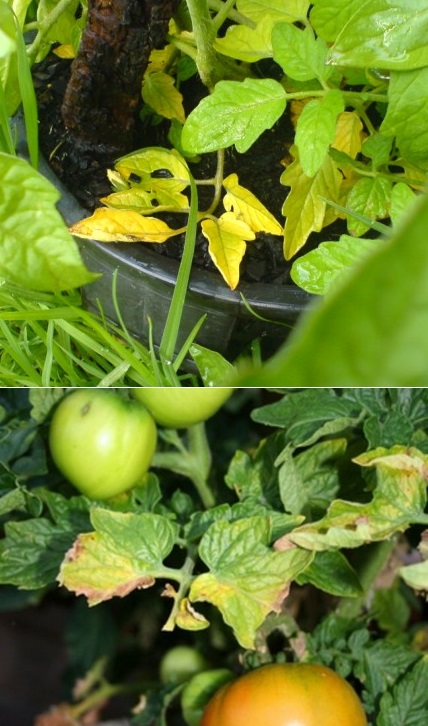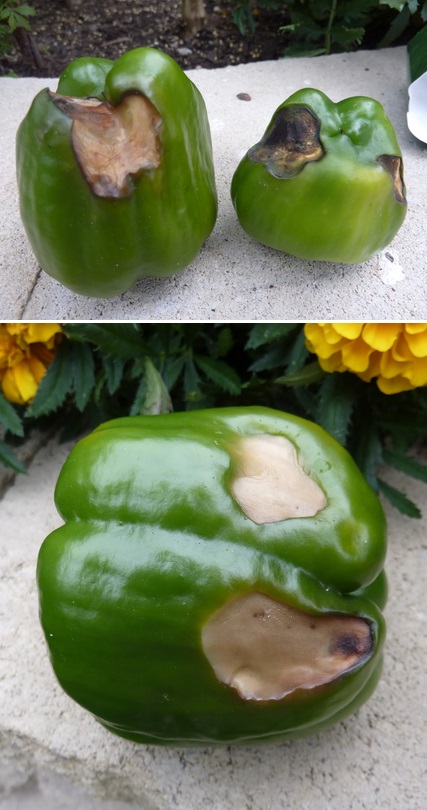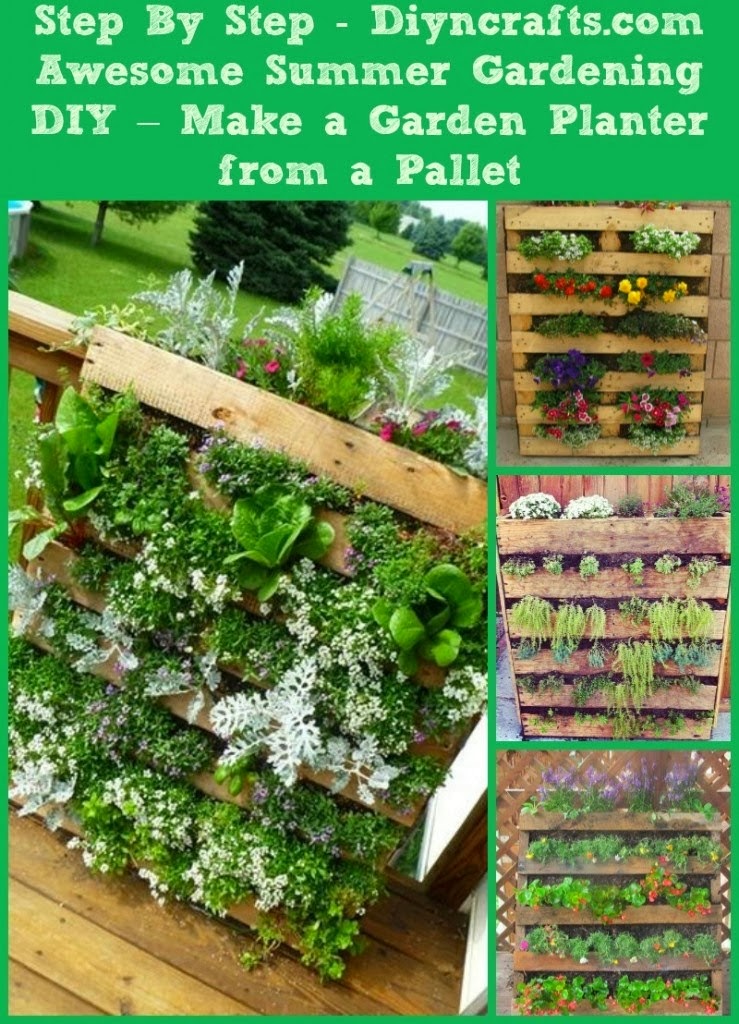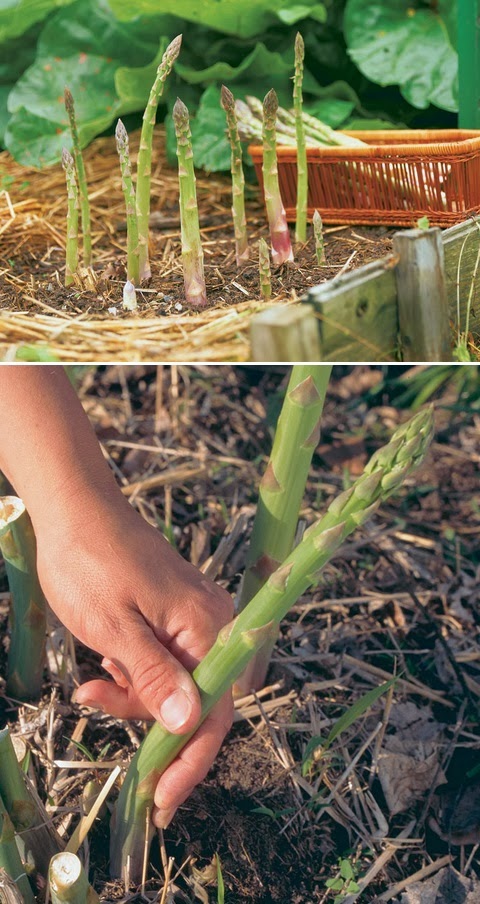How to Get Rid of Whiteflies
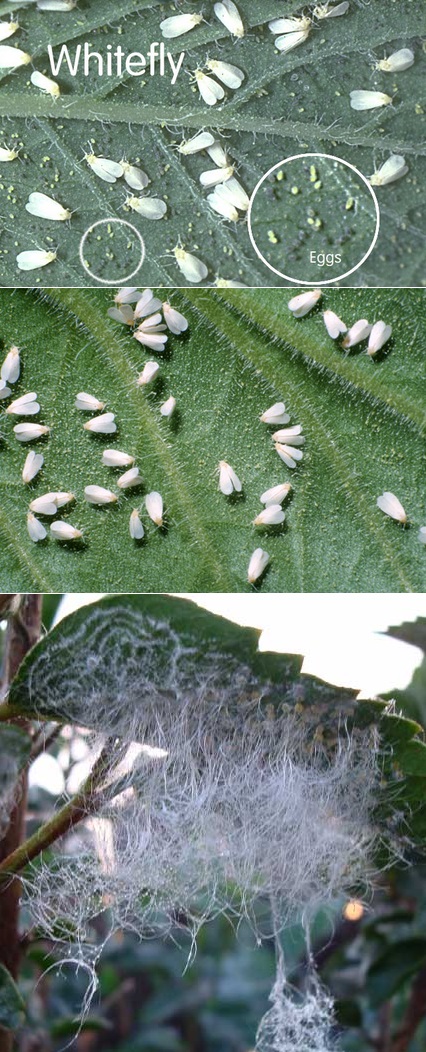
White flies are tiny, sap-sucking insects that are frequently abundant in vegetable and ornamental plantings. They excrete sticky honeydew and cause yellowing or death of leaves. The ability of the whitefly to carry and spread disease is the widest impact they have had on global food production. In the tropics and subtropics, whiteflies have become one of the most serious crop protection problems. Economic losses are estimated in the hundreds of millions of dollars. Soapy water : If you want to use something safer than pesticides, soapy water will work. I use it sometimes when I need to spot treat small infestations. - The problem with soapy water is I don't think it will kill all stages of white fly, only the adult stage. That means you will need to treat the plant about every three or four days for a couple weeks to kill the two or three generations you might have on your plant. Neem oil : You can use Neem oil . Be sure to spray the soil, that's where they lay the

